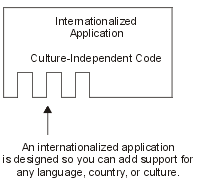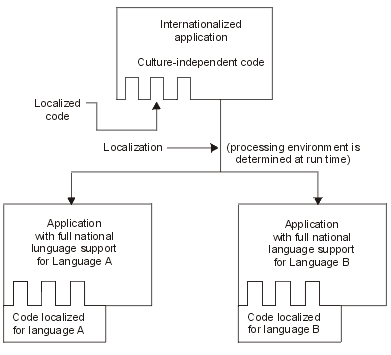The operating system controls the operation of programs and provides services such as controlling resources, scheduling jobs, controlling input and output, and managing data. It is designed to complement and extend the capabilities of iSeries™ servers to provide fully-integrated support for interactive and batch applications.
Many functions of the operating system apply directly to interactive data processing. Some of the functions are listed as follows:
- Database support to make up-to-date business data available for rapid retrieval from any workstation
- Work management support to schedule the processing of requests from all work station users
- Application development support that allows online development and testing of new application programs to run at the same time as normal production activities
- System operation support that allows the user responsible for system operations to perform work from the display station using a single control language, complete with prompting and help for all commands
- Help and index search support that allows users to request online information about a wide variety of topics
- Message handling support that allows communication among the system, the user responsible for systems operations, workstation users, and programs running in the system
- Security support to protect data and other system resources from unauthorized access
In addition to these functions, the operating system provides national language support. National language support allows users to interact with the system in the language of their choice, with results that are culturally acceptable. National language support consists of two parts: globalization and localization.
Globalization is support that allows an application to operate in all language environments without any change to the application. This type of design is also known as enabling an application for national language support. A globalized application, shown in the following figure, is culturally neutral.

By contrast, localization allows an application to operate in a specific language, country, or culture. Localization of an application goes a step beyond globalization of the application, as shown in the following figure.

When localized code is integrated with globalized code at run time, the resulting application appears to the user with full national language support. The processing environment defines which localization code is combined with the globalized code at run time, as shown in the following figure.
